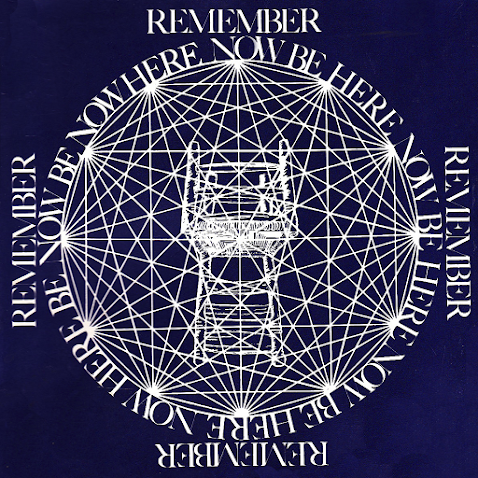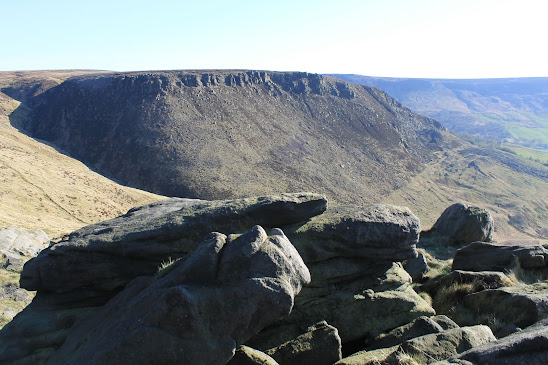If you are
one of those namby pamby people who blanches at the thought of eating anything
called “belly”, presumably out of some misguided sense of transference, body
dysmorphia, or because you feel that eating a creature’s belly is any more
unethical than consuming any other part (such as bacon), then look away now.
The rich fatty pork meat of belly is ideal for making this kebab style dish.
You could use another part of the animal, such as shoulder steaks, and I have.
They are also quite delicious but don’t make such an eye catching title for a
blog. I call this “nearly Chinese” because although I haven’t modelled it on
any particular Oriental recipe, it tastes that way. You could aim to really Go
Chinois & try adding in Star Anise,
Cinnamon, Cloves, even dessicated Coconut, and no doubt I will myself at some point. Below,
however, is a perfectly good start. It’s particularly nice with rice,
obviously.
1 tsp
½ tsp
Ginger Powder
1 tsp
Garlic Granules or 2- 4 cloves
1 tsp Garam Masala powder
1/3 tsp
Turmeric
½ tsp
Ground Black Pepper
1 tsp
1 tsp
Fennel Seeds
|
Mix the
dried herbs together in a small bowl.
|
3 Tbsp
Apple Cider Vinegar
1 Tbsp
Olive Oil
3 Tbsp
Clear Honey
|
Mix the
wet ingredients and add the dry ingredients above to them, whisking them in
with a fork.
|
500g Pork
Belly
|
Cut the
pork into 1” x 1” cubes & add them to the above ingredients in a large
bowl. You can cover this with cling film and marinade it in the ‘fridge for
as long as you see fit; all day, a few hours, up to you.
|
Vegetables
such as:
1 Pepper
1 Red
Onion
2 Large
(8 small) Mushrooms
Baby
Sweet Corn
Green
Beans
|
Once the
pork has marinaded, chop the following vegetables into chunks and place them
in a roasting dish. Pour the pork and marinade sauce out over the vegetables
and put it in the oven at 200 degrees C for about 30- 45 minutes.
Because
the marinade includes honey, if you don’t watch it, the pork will blacken
quite quickly so watch out this doesn’t happen. You could put some protective
aluminium foil around it for a bit, or whip it out just in time. I prefer to
allow it to crisp up a bit because it adds wonderfully to the texture of the
kebabs.
|
Serves 3-4





















.jpeg)




























